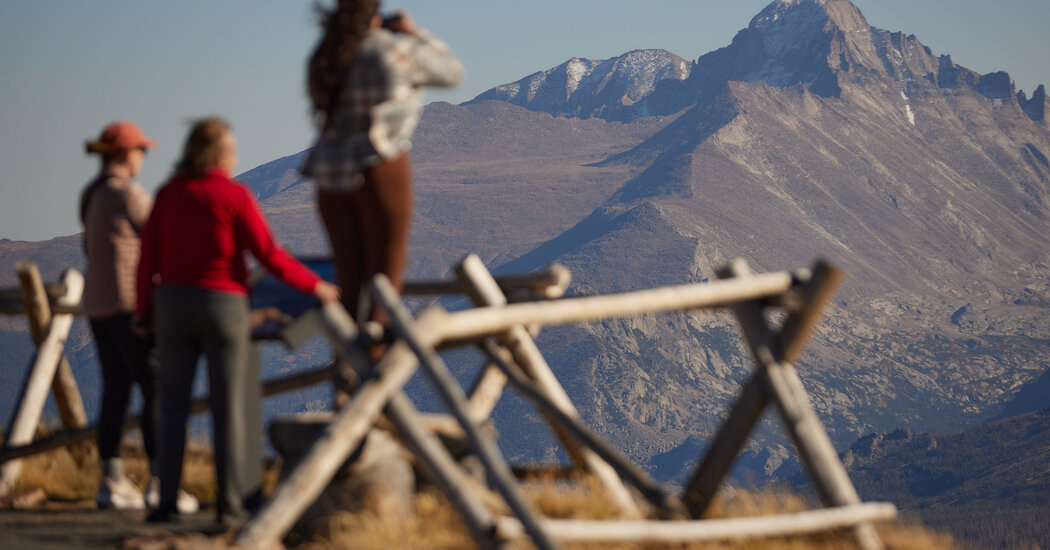Millions of Californians Are Expected to Lose Medi-Cal Coverage
A big change is underway for one of California’s most popular safety net programs.
More than 15 million Californians, or 40 percent of the state’s population, are enrolled in Medi-Cal, the state’s version of Medicaid, which offers free health care coverage to low-income residents. But federal health care protections enacted during the Covid-19 pandemic expired in March, and this month California began verifying the eligibility of residents currently on Medi-Cal’s rolls.
It’s an arduous undertaking expected to stretch well into next year. And it could have significant consequences: An estimated 1.8 million to 2.8 million Californians are expected to lose their coverage during what’s been called the “unwinding,” according to state officials. Hundreds of thousands of people have already been kicked off Medicaid programs in other states, even though some of them remain eligible.
The verification process is “going to be very bumpy,” said John Baackes, the chief executive of L.A. Care Health Plan, a public health plan with 2.7 million Medi-Cal members in Los Angeles County.
Six thousand L.A. Care customers have lost their Medi-Cal coverage since California began the process, and that number is expected to increase to 350,000 by the end of 2024, Baackes said.
In California, a single person making $20,121 or less annually is eligible for Medi-Cal, and participants typically have to prove their eligibility each year. But in March 2020, Congress suspended the income-verification requirement to ensure that people maintained health coverage during the pandemic.
Now that those protections have expired, states are beginning to verify eligibility for the first time in three years. The federal government has projected that 15 million Americans will go off Medicaid’s rolls. Some participants will have health coverage through a new employer, while others will make too much money to qualify.
But nationally, nearly half of those who will be dropped are expected to actually still be eligible: Either they won’t return the paperwork required to verify their eligibility or the state won’t be able to locate them. Early data suggests that many people who were already kicked off Medicaid in other states are children, my colleague Noah Weiland reported.
In California, most people who no longer qualify for Medi-Cal are eligible for other types of coverage, such as a low-cost plan through Covered California, the state’s insurance exchange. Experts say that an important part of the process will be to make sure that everyone who has lost coverage knows that they should sign up for new insurance.
California officials have started an automatic renewal system for Medi-Cal members whose income the state can verify on its own. They’ve also begun a bilingual communications campaign and are working with community groups to spread the word about the need to confirm eligibility. Current Medi-Cal recipients are receiving phone calls or packets in the mail.
To make the process more manageable, people are coming up for renewal in batches, not all at once. Those in the first group were required to submit their information to the state by June 30.
CalOptima, which administers Medi-Cal in Orange County, estimates that 200,000 of its roughly 950,000 Medi-Cal members will lose their coverage by 2024. About 5,000 members lost coverage in the first round, said CalOptima’s chief executive, Michael Hunn.
Some current participants will truly be ineligible, Hunn said. But, he added, “I’m afraid the bigger number will be because they didn’t understand they had to renew.”
For more:
Where we’re traveling
Today’s tip comes from Allen Brown, who lives in Mount Shasta, in Siskiyou County, near California’s northern border:
“When I’m feeling crowded in my town of Mount Shasta (population 3,600), I get out into the county (population about 43,000). There’s 6,347 square miles to explore.
I enjoy finding the wild horses in the Klamath Mountains, spotting bears crossing logging roads or watching me from a tree. I’ve seen — rarely — cougars watching me from across meadows. Bobcats can be spotted infrequently, and gray foxes come out at night. We have a resident wolf pack, in the dense forests east of Mount Shasta, that will sometimes answer a howl at night. Of course, coyotes and both black-tailed and mule deer abound.
Waterfowl? Plenty. Raptors? Hundreds wintering in the Lower Klamath National Wildlife Refuge. Not too far away from the refuge, pronghorn herds are also commonly seen. There are areas with both paved and cinder roads where my son and I spend entire weekends in autumn and see fewer than a dozen automobiles.”
Tell us about your favorite places to visit in California. Email your suggestions to [email protected]. We’ll be sharing more in upcoming editions of the newsletter.
Tell us
What are the best books about California, or the part of the state in which you live? What fiction or nonfiction would you put on a Golden State reading list, and why?
Email us at [email protected] with your suggestions. Please include your name and the city where you live.
And before you go, some good news
Isabella Reyes and Andrew Sublett, both now 32, met in August 2009 in Reyes’s dorm room at the University of California, Berkeley.
“It was a little bit of a twist of fate,” Sublett told The New York Times. “A few other people from my high school went to U.C. Berkeley, and one happened to be Isabella’s roommate.”
Reyes and Sublett hit it off right away, and soon began spending time together, sitting with each other at lunch in the university’s cafeteria and going out for frozen yogurt.


